Controls:
AG-1: Landing Lights
AG-2: Engines
AG-3: Reverse Thrust - armed
AG-3 + Brake: Reverse Thrust
AG-4: Nav. and Beacon lights
AG-5: Spoilers - armed
AG-5 + Brake: Spoilers
AG-7: Cabin Lights
VTOL - Flaps
Trim - Trim
Roll - Roll
Yaw - Yaw, ground steering
Pitch - Pitch
Credits:
JacksEpicGamingYT's United Airlines Boeing 737-500
XAircraftManufacturer's Boeing 737-500 with winglet's
About Boeing 737 Classic:
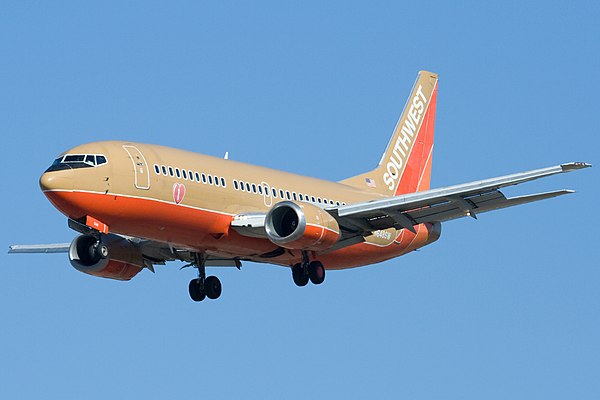
The Boeing 737 Classic is a series of narrow-body airliners produced by Boeing Commercial Airplanes, the second generation of the Boeing 737 series of aircraft. Development began in 1979 and the first variant, the 737-300, first flew in February 1984 and entered service that December. The stretched 737-400 first flew in February 1988 and entered service later that year. The shortest variant, the 737-500, first flew in June 1989 and entered service in 1990.
About Boeing 737-500:

The -500 series has the smallest dimensions of the 737 Classics. The -500 was offered, due to customer demand, as a modern and direct replacement of the 737-200, incorporating the improvements of the 737 Classic series in a model that allowed longer routes with fewer passengers to be more economical than with the 737-300. Though smaller than the -300 and -400, the fuselage length of the -500 is 1 ft 7 in (48 cm) longer than the 737-200, accommodating up to 140 passengers. Both glass and older style mechanical cockpits arrangements were available. Using the CFM56-3 engine also gave a 25% increase in fuel efficiency over the older -200s P&W engines.
The 737-500 was launched in 1987, by Southwest Airlines, with an order for 20 aircraft, and flew for the first time on June 30, 1989. A single prototype flew 375 hours for the certification process, and on February 28, 1990, Southwest Airlines received the first delivery. The 737-500 has become a favorite of some Russian airlines, with Nordavia, Rossiya Airlines, S7 Airlines, Sky Express, Transaero, UTair, and Yamal Airlines all buying second-hand models of the aircraft to replace aging Soviet-built aircraft and/or expand their fleets. Aerolíneas Argentinas replaced its 737-200s with second-hand 737-500s. The 737-500 was replaced by the 737-600 in the Boeing 737 Next Generation family. However, unlike the 737-500, the 737-600 was a slow seller for Boeing, with only 69 aircraft delivered since its introduction.
As the retirement of all 737 Classic models progressed, with retirement of 300s and -500s reaching 40% in 2012, the 737-500 has faced accelerated retirement because of its smaller size. Aircraft of this series were being retired after 21 years of use, as compared to 24 years for the 737-300. While a few 737-300s are slated for freighter conversion, no demand at all exists for a -500 freighter conversion. On September 5, 2016, Southwest Airlines flew their last 737-500 revenue flight, Flight 377 from El Paso to Dallas.
About Continental airlines:

Continental started out as one of the smaller carriers in the United States, known for its limited operations under the regulated era that provided very fine, almost fancy, service against the larger majors in important point-to-point markets, the largest of which was Chicago/Los Angeles. However, deregulation in 1978 changed the competitive landscape and realities, as noted by Smithsonian Airline Historian R. E. G. Davies, "Unfortunately, the policies that had been successful for more than forty years under (Robert) Six's cavalier style of management were suddenly laid bare as the cold winds of airline deregulation changed all the rules—specifically, the balance between revenues and expenditures."
In 1981, Texas International Airlines acquired a controlling interest in Continental. The companies were merged in 1982, moved to Houston, and grew into one of the country's largest carriers despite facing financial and labor issues, eventually becoming one of the more successful airlines in the United States.
Continental and United Airlines merged in an $8.5 billion all-stock merger of equals on October 1, 2010. Continental's shareholders received 1.05 per share in United stock for each Continental share they owned. Upon completion of the acquisition, UAL Corporation changed their name to United Continental Holdings. During the integration period, each airline ran a separate operation under the direction of a combined leadership team, based in Chicago. The integration was completed on March 3, 2012. Although the merged airline retained the United name, it uses Continental's operating certificate and livery. On June 27, 2019, United changed its parent company name from United Continental Holdings to United Airlines Holdings.
About Continental Airlines Flight 1404:

Image Of The Wreckage
Continental Airlines Flight 1404 was a Continental Airlines flight from Denver International Airport in Denver, Colorado, to George Bush Intercontinental Airport in Houston, Texas. On the evening of December 20, 2008, the flight crashed while taking off from Denver, resulting in two critical injuries, 36 noncritical injuries, and a hull loss of the Boeing 737-524 aircraft.
Accident:

Crash aftermath
On Saturday, December 20, 2008, around 18:18 (06:18 pm) local time, after being cleared for takeoff on runway 34R at Denver International Airport.
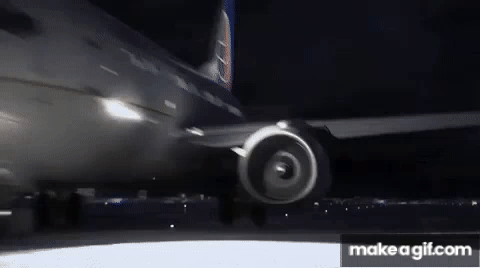
the Boeing 737-524 aircraft veered off the side of the runway before taxiway WC (less than 4,000 feet (1,200 m) from the threshold), skidded across the taxiway and a service road, and crashed in a 40-foot-deep (12 m) ravine several hundred yards from the runway. The right engine caught fire and the fire spread to the fuselage.
Despite early confusion as to the whereabouts of Flight 1404, firefighters were on scene relatively quickly, as the aircraft came to rest near one of the airport's four fire houses. When they arrived, most of the right side of the plane was on fire, while passengers were climbing out of the left side, being assisted by flight attendants[ and one off-duty Continental Airlines pilot in the cabin, the latter making several trips in and out of the wreckage to ensure everyone was safely out of the aircraft. The off-duty pilot, Richard Lowe, was part of the crew who had flown the incident aircraft into Denver; an Air Force reservist, Lowe was awarded the Airman's Medal for his actions.
The aircraft sustained severe damage. The fuselage was cracked just behind the wings, the number 1 engine and main landing gear were sheared off, and the nose gear collapsed. The fire caused overhead luggage compartments to melt onto seats.
The crash is noted as the most serious incident in Denver International Airport's history. The aircraft was subsequently written off.
Injuries:
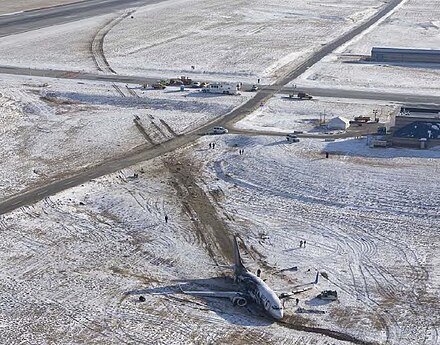
image of the wreckage
Of the 110 passengers and five crew on board, 38 sustained injuries, including broken bones, though everyone on board survived. Two passengers and one of the crew were critically injured, though both passengers' conditions were upgraded that evening. By the following morning, fewer than seven people remained hospitalized.
50-year-old Captain David Butler was among the critically injured. He was hospitalized with serious back injuries and bone fractures. The first officer, 34-year-old Chad Levang, received minor injuries.
Investigation of NTSB:
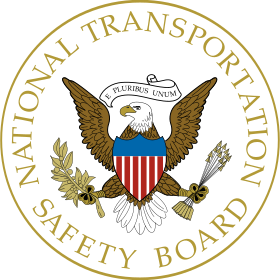
The aircraft's black boxes (data and sound) were recovered from the wreckage in usable condition. The cockpit voice recorder did not reveal any apparent problem until 41 seconds after the aircraft's brakes were released, just before takeoff. At that point, a bumping or rattling sound can be heard, and the crew aborted the takeoff four seconds later. Both recorders stopped working six seconds after that (before the plane came to a stop). At one point during the sequence, the plane's speed reached 119 kn (137 mph; 220 km/h).
Image of a cockpit voice recorder.
When interviewed, First officer Levang told investigators that he was unaware of any problem until the plane was traveling between 87 and 90 knots (100 and 104 mph; 161 and 167 km/h), when it moved away from the runway's centerline and made a "sudden left turn". He indicated that Captain Butler, who was too badly injured to interview with officials when the investigation began, was flying at the time. Both the captain and first officer had clean safety records when the crash occurred, and were experienced pilots.
Wheel marks left on the ground and initial reports from passengers and firefighters indicate that the plane was airborne, briefly. When during the sequence the fire started is unclear. No snow or ice was on the runway, but 31-knot (36 mph; 57 km/h) crosswinds were happening at the time.
The flight crew who flew the aircraft to Denver prior to the incident flight was also on board, though not on duty, and reported having no difficulties with the plane during their previous flight. It had suffered an engine failure and subsequent emergency landing in 1995, following which both engines were replaced, but was otherwise undamaged in that incident.
Initial speculation suggested that the plane could have suffered a landing gear malfunction that might have resulted in a wheel lockup during the takeoff roll, leading to the runway excursion. National Transportation Safety Board (NTSB) officials said that when the takeoff began, the aircraft's engines appeared to be functioning properly, its tires were inflated, and the brakes did not appear as if they had failed or otherwise malfunctioned, concluding that the landing gear did not cause any problems.
On July 17, 2009, focus had shifted to a possible large gust of wind or a patch of ice. Captain David Butler stated: "My speculation is that we either got a big, nasty gust of wind or that, with the controls we had in, we hit some ice." He also stated that he stopped pushing on rudder controls because they had stopped working. The winds were reported at about 24 to 27 knots (28 to 31 mph; 44 to 50 km/h) from the northwest with gusts up to nearly 32 knots (37 mph; 59 km/h) just before the airliner began its takeoff roll northward down a north–south runway. The 737 has a crosswind limitation for takeoff of 33 knots (38 mph; 61 km/h) on a dry runway.
Contrary to the "average" wind data reported to the incident pilots, the NTSB investigation found that a sensor at one end of the runway showed a crosswind of 40 knots (46 mph; 74 km/h), with analysis showing the airplane was hit with a peak gust crosswind of 45 knots (52 mph; 83 km/h). In addition to being much higher than the data reported to the pilots as they prepared for takeoff, this was also much higher than the airline industry used in pilot training. The NTSB also received a report analyzing 250,327 departures involving 737-500s, and found that only four of those departures (less than 0.002%) had experienced a crosswind above 30 knots (35 mph; 56 km/h), meaning that for a commercial pilot to have real-life experience with crosswinds anywhere near the velocity that hit Continental Airlines Flight 1404 that day was nearly impossible. The NTSB believes that this is why the pilot believed that his rudder controls were not working, deciding to not push the rudder anymore and to focus instead on other, inadequate remedies to the situation.
On July 13, 2010, the NTSB published that the probable cause of this accident was the captain's cessation of right rudder input, which was needed to maintain directional control of the airplane, about four seconds before the excursion, when the airplane encountered a strong and gusty crosswind – with a contributing factor of inadequate crosswind training for extreme wind gusts in the airline industry. A further contributing factor was no requirement for the air traffic control system to provide sufficient wind information to the air traffic controllers (ATCs) and pilots. In response to the NTSB report, the Federal Aviation Administration required the airline industry to adjust the crosswind training protocols for pilots, and required ATCs to provide multiple sources of wind information, rather than averages, to pilots.
Specifications
Spotlights
- Brololxd 2.7 years ago
General Characteristics
- Successors 4 airplane(s) +14 bonus
- Created On Android
- Wingspan 98.3ft (30.0m)
- Length 108.8ft (33.2m)
- Height 53.8ft (16.4m)
- Empty Weight N/A
- Loaded Weight 82,794lbs (37,554kg)
Performance
- Power/Weight Ratio 1.302
- Wing Loading 47.0lbs/ft2 (229.4kg/m2)
- Wing Area 1,761.9ft2 (163.7m2)
- Drag Points 10618
Parts
- Number of Parts 423
- Control Surfaces 5
- Performance Cost 2,034

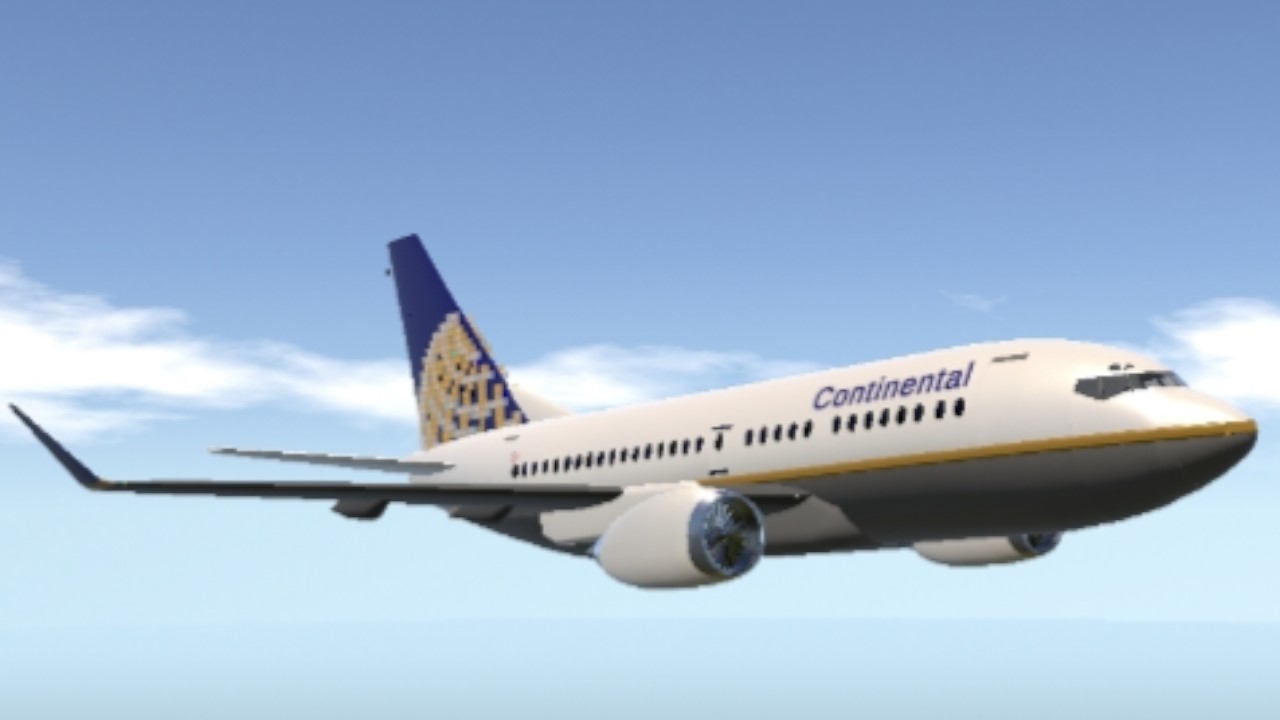
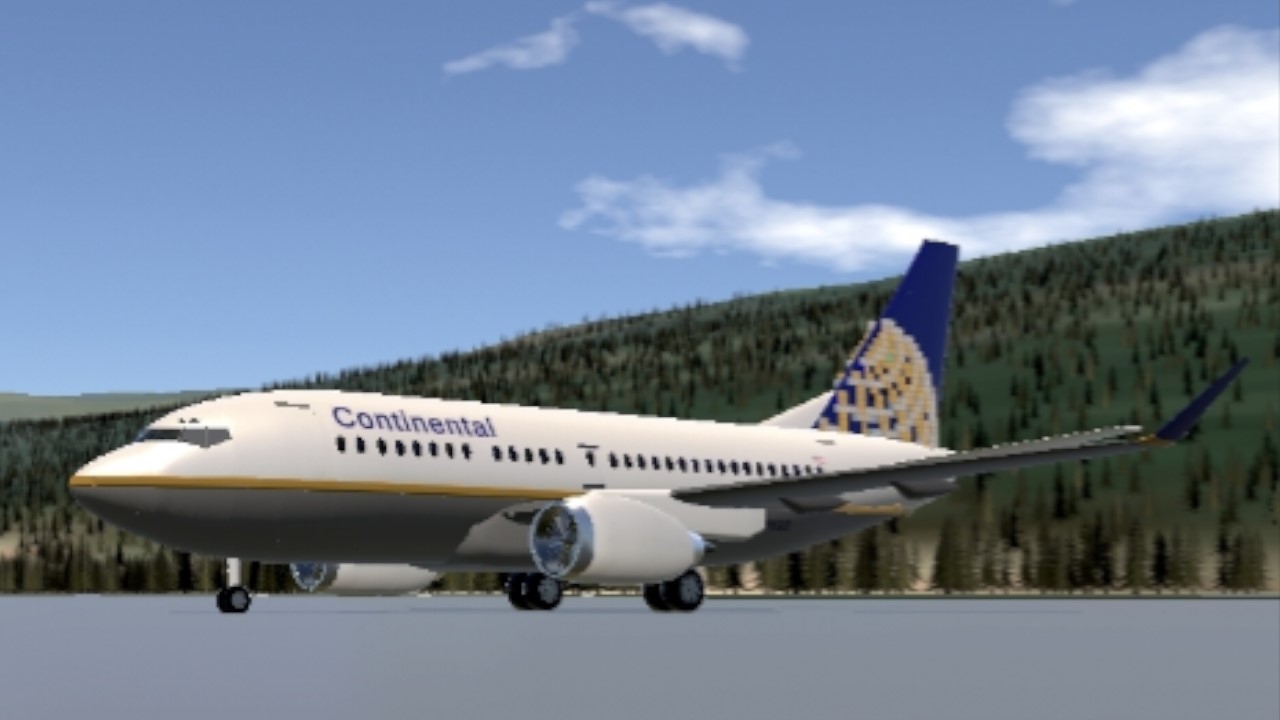

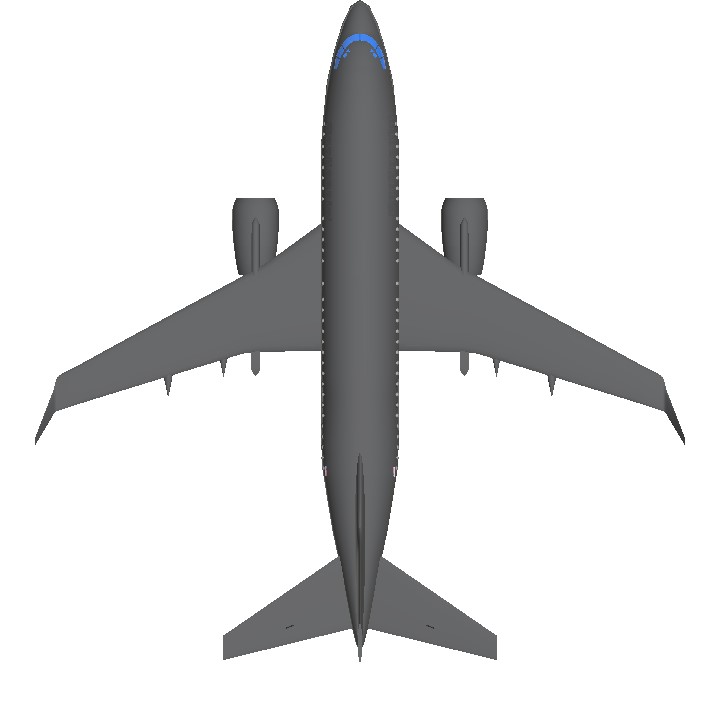

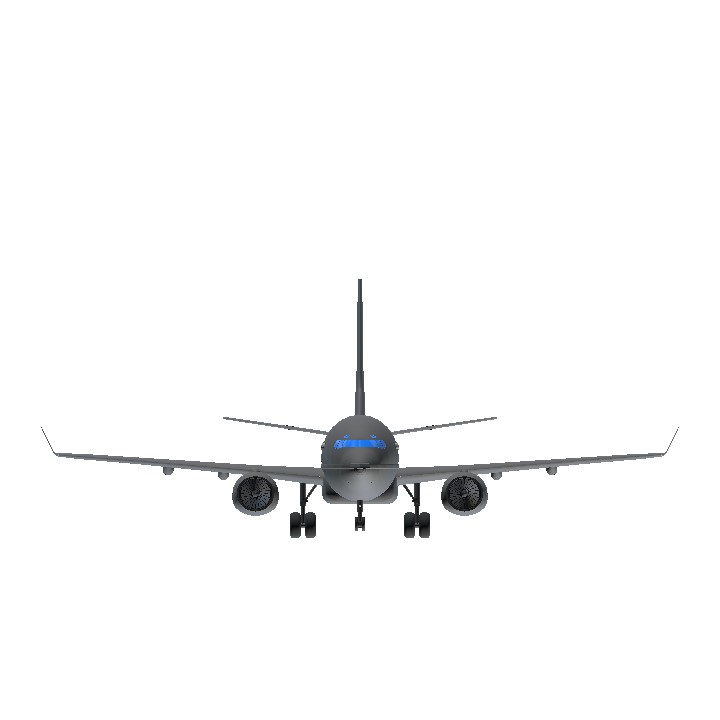
I'M GETTING FLASHBACKS
─████████──████████──██████████████──██████──██████──────████████████────██████████──██████████████──████████████────██░░░░██──██░░░░██──██░░░░░░░░░░██──██░░██──██░░██──────██░░░░░░░░████──██░░░░░░██──██░░░░░░░░░░██──██░░░░░░░░████──████░░██──██░░████──██░░██████░░██──██░░██──██░░██──────██░░████░░░░██──████░░████──██░░██████████──██░░████░░░░██────██░░░░██░░░░██────██░░██──██░░██──██░░██──██░░██──────██░░██──██░░██────██░░██────██░░██──────────██░░██──██░░██────████░░░░░░████────██░░██──██░░██──██░░██──██░░██──────██░░██──██░░██────██░░██────██░░██████████──██░░██──██░░██──────████░░████──────██░░██──██░░██──██░░██──██░░██──────██░░██──██░░██────██░░██────██░░░░░░░░░░██──██░░██──██░░██────────██░░██────────██░░██──██░░██──██░░██──██░░██──────██░░██──██░░██────██░░██────██░░██████████──██░░██──██░░██────────██░░██────────██░░██──██░░██──██░░██──██░░██──────██░░██──██░░██────██░░██────██░░██──────────██░░██──██░░██────────██░░██────────██░░██████░░██──██░░██████░░██──────██░░████░░░░██──████░░████──██░░██████████──██░░████░░░░██────────██░░██────────██░░░░░░░░░░██──██░░░░░░░░░░██──────██░░░░░░░░████──██░░░░░░██──██░░░░░░░░░░██──██░░░░░░░░████────────██████────────██████████████──██████████████──────████████████────██████████──██████████████──█████ forget this💀
next I want to se PK-CLC
@boom1738 My pleasure :).
I wanted it to come out And it's already come out thanks to you so thank you very much for making this plane